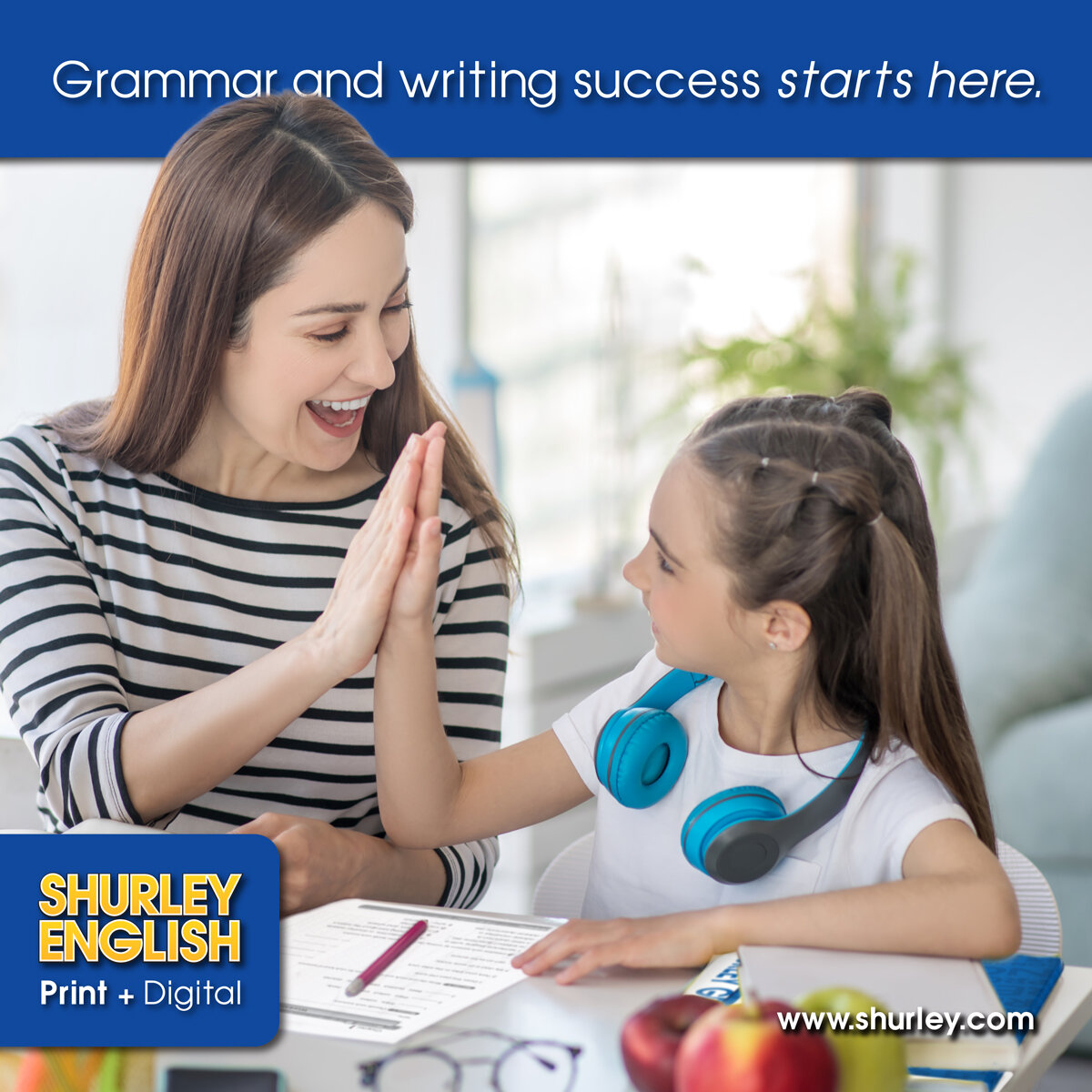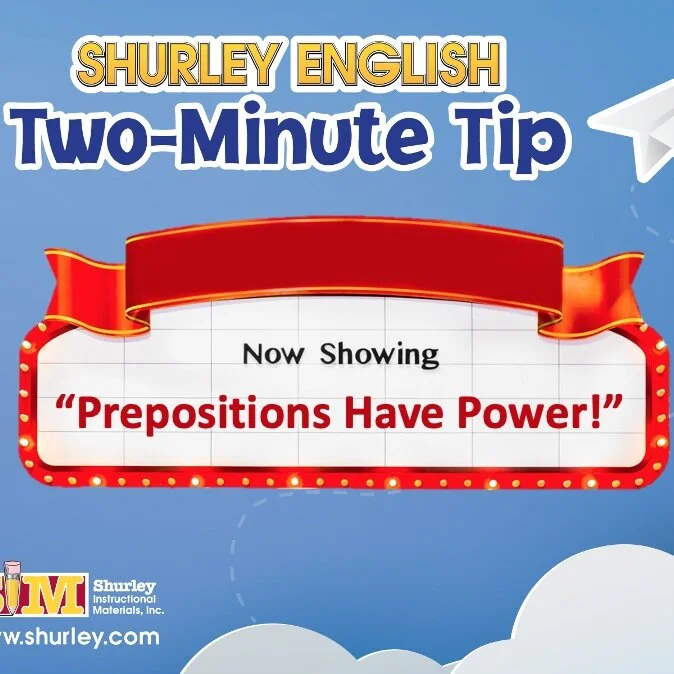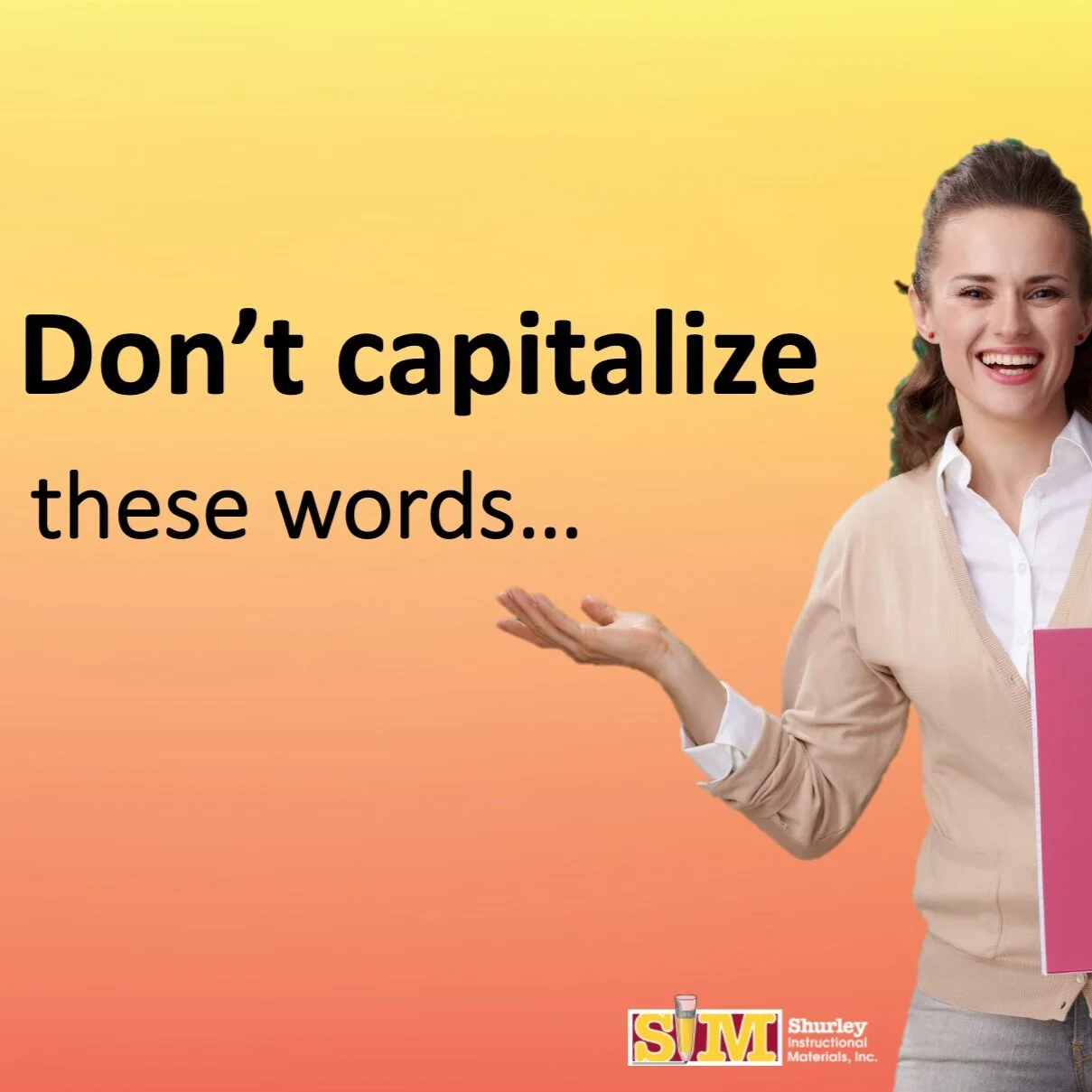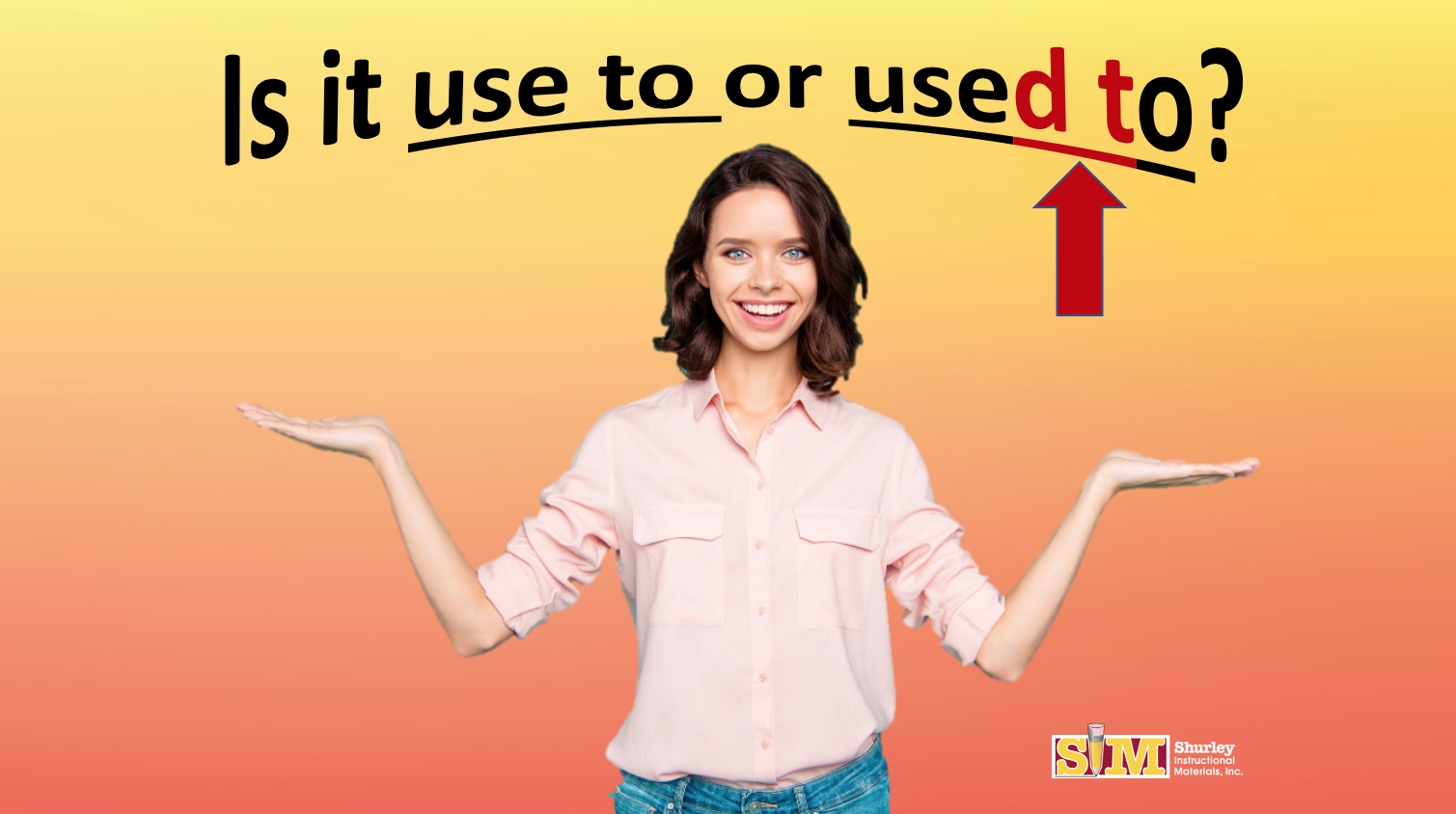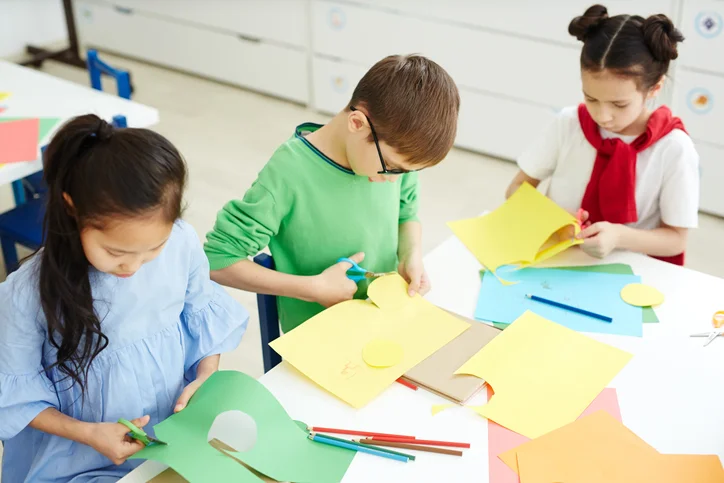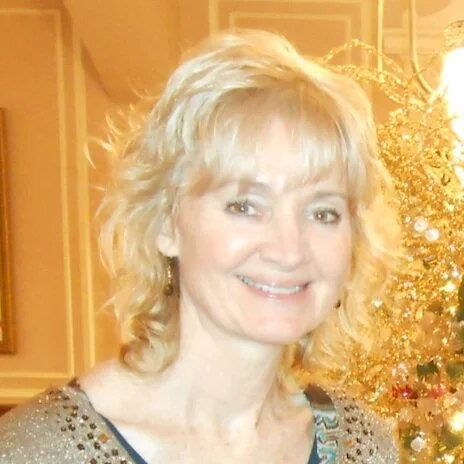Shurley English Best Practices: Self-Reflection and Evaluation
/As you wrap up the semester and give your students their final grades, I invite you to reflect on your own progress and growth as a Shurley English Teacher. At the beginning of the school year, I always encourage Shurley English teachers to review these tips on how to become the "perfect" Shurley teacher. Here's a quick recap:
1. STICK TO THE SCRIPT as closely as possible.
2. Create an atmosphere in your classroom where YOU & YOUR STUDENTS are willing to TAKE RISKS.
3. GIVE YOURSELF PERMISSION TO MAKE MISTAKES.
4. HAVE FUN & JUST BE YOU!
Now, I want you to take a few moments to reflect on how well you were able to implement these tips.
Consider these questions to help you get started:
*How well were you able to stick to the teaching script? What was challenging about it? How was the teaching script helpful?
*Recall a time when you saw a student taking a risk during your lesson. Also, recall a time when you realized YOU were taking a risk in the classroom! What might you do differently in your classroom next year to help you and your students feel safe enough to take more academic risks?
*Jot down 10 mistakes you think you made throughout the school year. (If you didn’t make that many mistakes, maybe consider taking a few more risks.) ;) After you jot them down, LAUGH and let them go!
*Describe a moment in your classroom when you felt like you were having honest fun by being your authentic self. Remember that feeling and repeat again next school year!
Self-reflection is an important part to becoming the best teacher you can be. Take what you have learned and set goals. Do another self-reflection and set new goals. Remember...
“Wisdom is not a product of schooling but of the lifelong attempt to acquire it.” -Einstein













